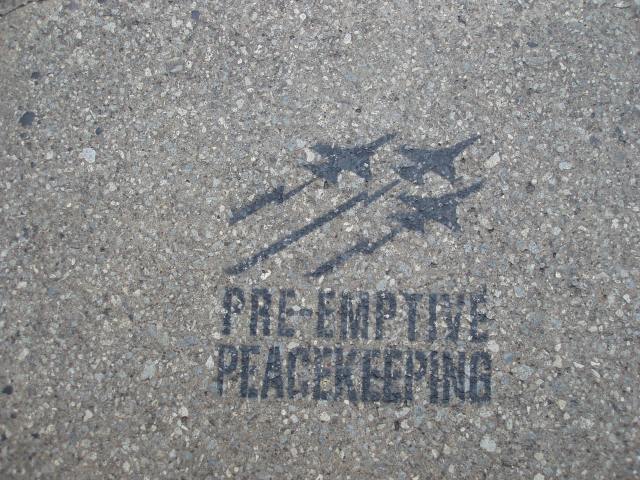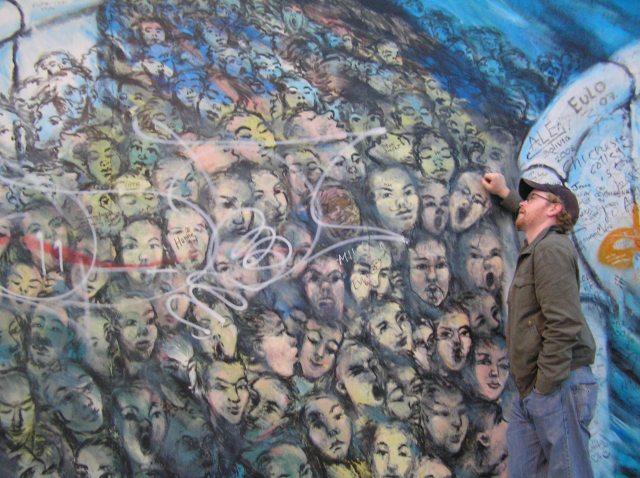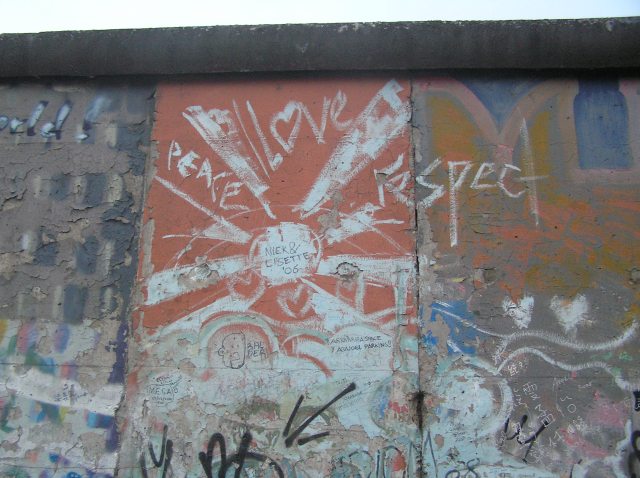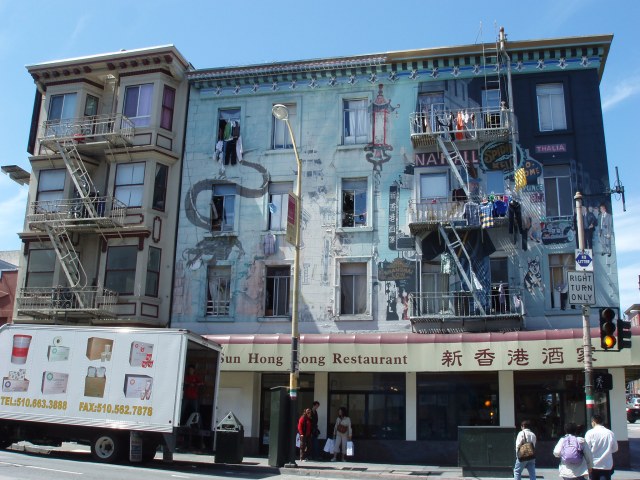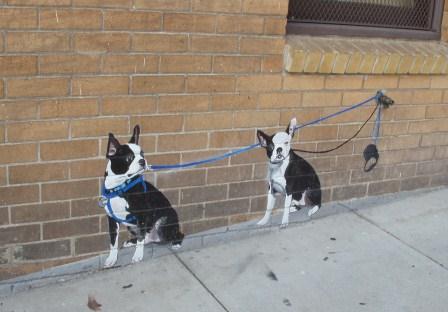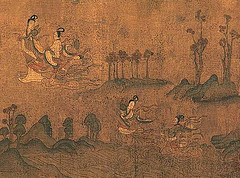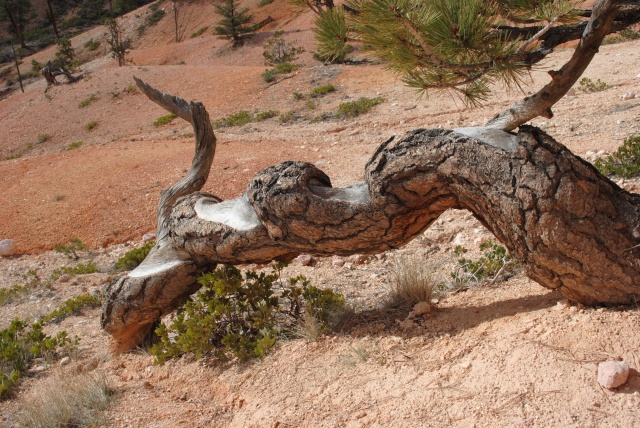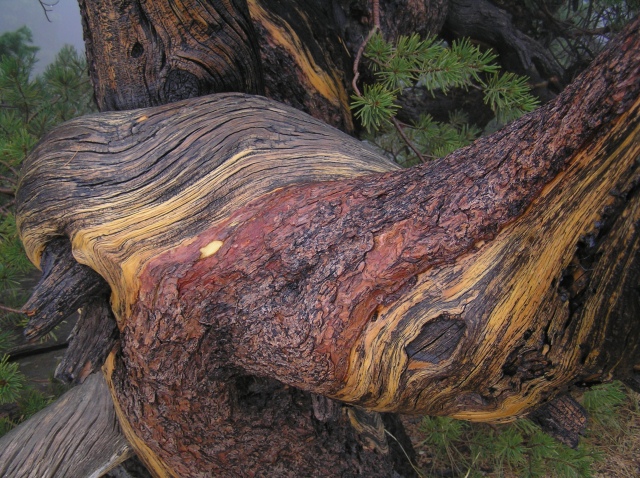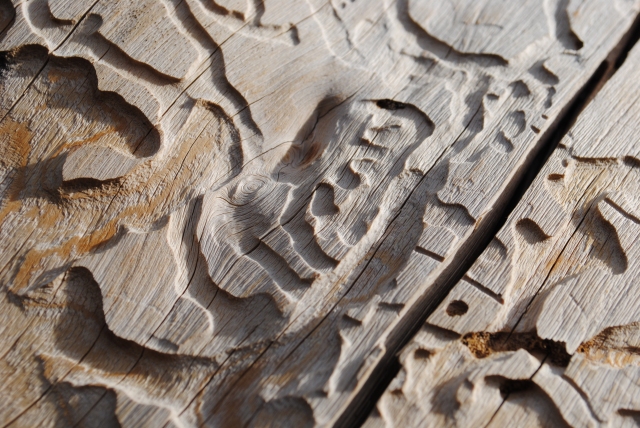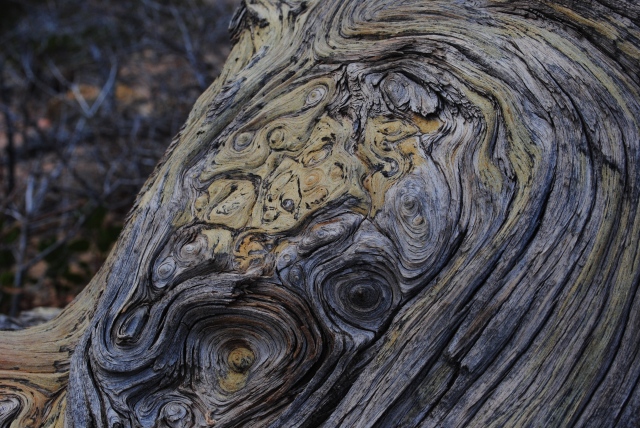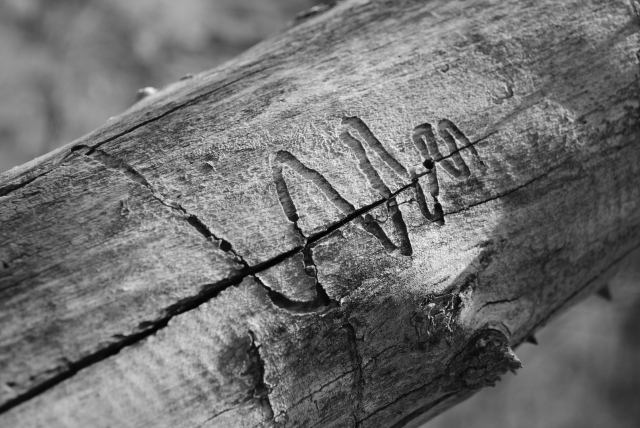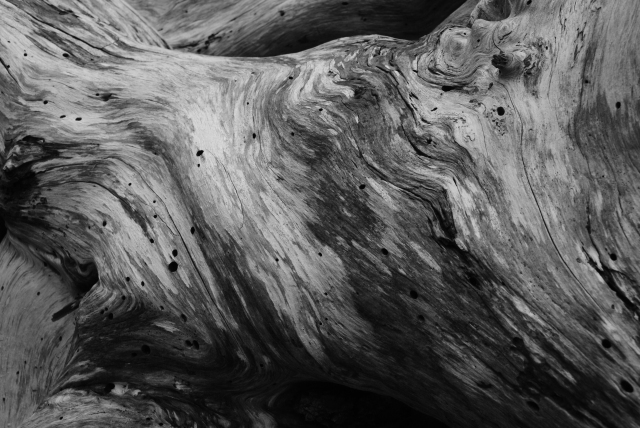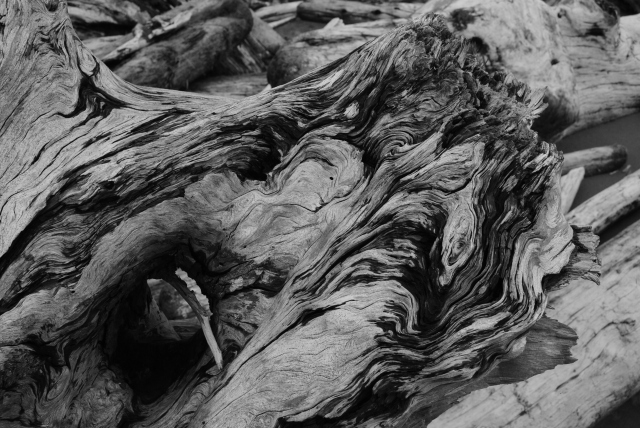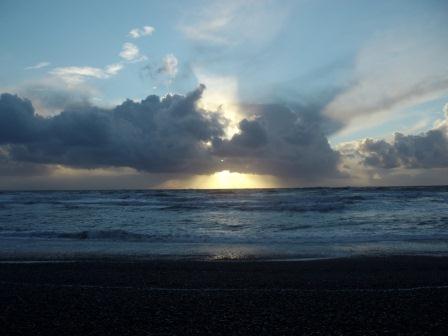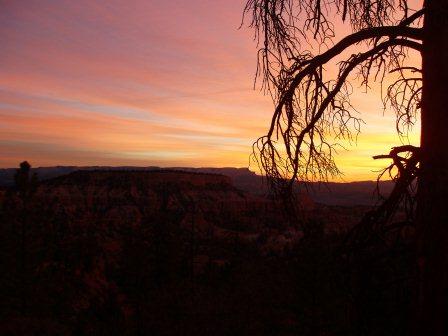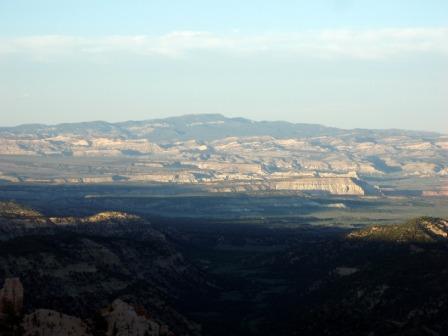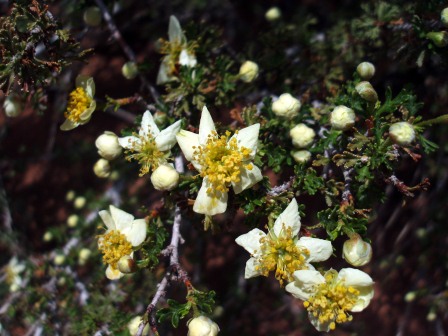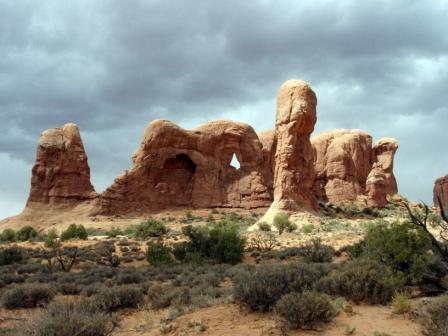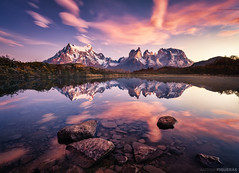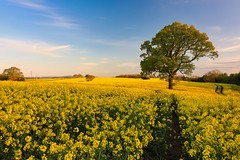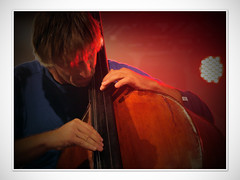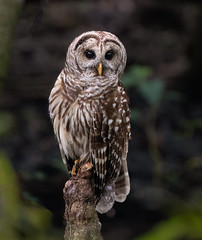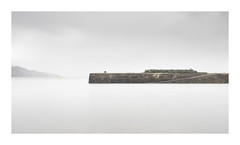Tucked away in the Mission District of San Francisco is a two-room recording studio. Letters bearing the name Tiny Telephone are falling off the door held open by a bungee cord, but it’s no big deal. What matters is that the door is open. Open for artists, open for visitors, open for friends. The studio is owned by John Vanderslice, affectionately known as JV to friends and fans. Since 1997, this little studio has provided a casual, quality-sounding, and carcinogen-free recording space for countless bands and musicians.
Should you stop by Tiny Telephone, you’re likely to meet JV or any one of his in-house engineers and get a tour and history of the place. I received such a tour, along with my mom, brother, and about fifteen other fans, when I visited San Francisco in June. The purpose for the trip was to see JV perform his most recent album, White Wilderness, with Magik*Magik Orchestra; Tiny Telephone became an unexpected bonus.
There are a lot of good reasons to visit San Francisco but attending a Vanderslice show with Magik*Magik Orchestra doesn’t typically top a tourist’s list of things to see. A collaboration like this, where they perform the entire album, just doesn’t happen often. In fact, JV suggested this would probably be the only time in the near future it was going to happen. Having not been to SF before nor (and I hang my head in shame!) attended a Vanderslice show, this seemed a good time to do both.
As expected, the show was outstanding! Held at the Herbst Theater in downtown SF, with assigned seating and no alcohol or smoking in sight, this was not a typical venue for an Indie rock concert. But this was not a typical rock concert either, as the set included not only JV (guitars, lead vocals) and Jason Slota (drums, moog, vibes), but also a 30-piece orchestra (conducted by Minna Choi), and a six-woman choir. Musically, there is a ton I could elaborate on, but this post focuses primarily on JV himself.
As a performing artist, it would be easy for him to put the fans at a distance, to construct some sort of wall between him and the fans. With JV, however, there are no walls and this is largely why I call him unique. He is comfortable on and off the stage; he is happy mingling with fans and, as those who have been to his shows can attest, he always ends his concerts with a dance party. Unfortunately, with this particular venue, “There was no way we could do that here!” Even with the naturally heightened professional atmosphere that accompanies a large theater and orchestra, JV did not allow that to put distance between us and him. Typical of every show, he came off the stage at one point and played a song–in this case, “Time To Go” from Emerald City–on the ground floor. How easy it would be to stay on stage, to not really say anything to the audience, but he thrives on breaking down those barriers because he understands the importance of connecting with his audience.
Cheerful, funny, and cordial, JV did what he could to make the show not just a show, but an experience for every member of the audience. From his enthusiasm it’s obvious he loves what he does and he wants you as an audience member to enjoy it too. Getting his autograph after the show took a while, but only because he pretty much insisted on giving everyone their personal moment with him. That takes tremendous patience and restraint. Proactive in helping stammering fans to feel comfortable, he also knew when to move on from a good conversation so that the next person could have their time. He knows it means a lot to fans to have their merchandise signed; he knows it means even more to be able to talk, however briefly, with an artist they like. I know it means a lot to me and it meant a lot to me when he took a moment to chat. When he asked me my name and I told him I just wanted his name on my poster, he then asked, “Are you sure?” “Yes,” I replied, wishing that all the things I had planned in my mind to say to him hadn’t chosen this moment to vanish (yes, I tend to be one of those shy, stammering fans). So he swirled his Sharpee over my poster and then further customized it with a heart to be “just between us.”
Before the show ended he announced that because some of us had come from out of town, he was going to give a tour of his recording studio the following morning. Well. Having driven from Utah, dragging ourselves across the freakish salt flats and seemingly endless Nevada desert, we could certainly spare a couple hours to spend with good company.
Standing in the parking area the morning following the concert, surrounded by metal and concrete warehouses, the distant rush of highway traffic in our ears, we learned that Tiny Telephone is only one part of a small community of artists in this corner of the Mission. “When we first moved here, we’d hear gunshots over in the park,” said JV, referring to Potrero Del Sol Park visible through a chain-link fence. The park now includes a skate park, providing kids with a designated place to test their wheels. Occupying a unique position in the zoning layout, the collection of businesses and residences to which Tiny Telephone belongs has defied city developers and continues to advocate artistic creativity. By being aware and involved in the neighborhood, in the years JV has run the studio, crime has significantly reduced in the area. This July there will even be a free concert series in the park.
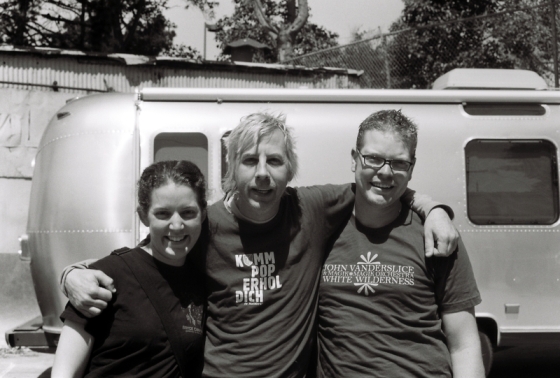
Tiff, JV, and Jon (photo by Mom with Jon's camera)
From the tour I became even more impressed by JV as a person and to me, Tiny Telephone is a symbol of the influence art can have within a community. There is nothing flashy about Tiny Telephone; like most things, it’s what’s inside that counts. And what happens inside is because of dedicated people who not only believe in what they’re doing, but who are reaching outside of themselves to make an uplifting difference and help people realize their dreams. JV and his fellow musicians, engineers, and neighbors know they can’t change the world, but they know they can—and have—made a difference in their corner of it.
Thank you JV, Magik*Magik, and Tiny Telephone. You’ve reminded me of the power of art, especially music, and the importance of art in one’s community. Thank you also, JV, for displaying genuine kindness and demonstrating that it’s not just about the artist, it’s about the artist within the community, about uplifting each other, and creating safe and strong environments for everyone, because everyone deserves to have their moment.

